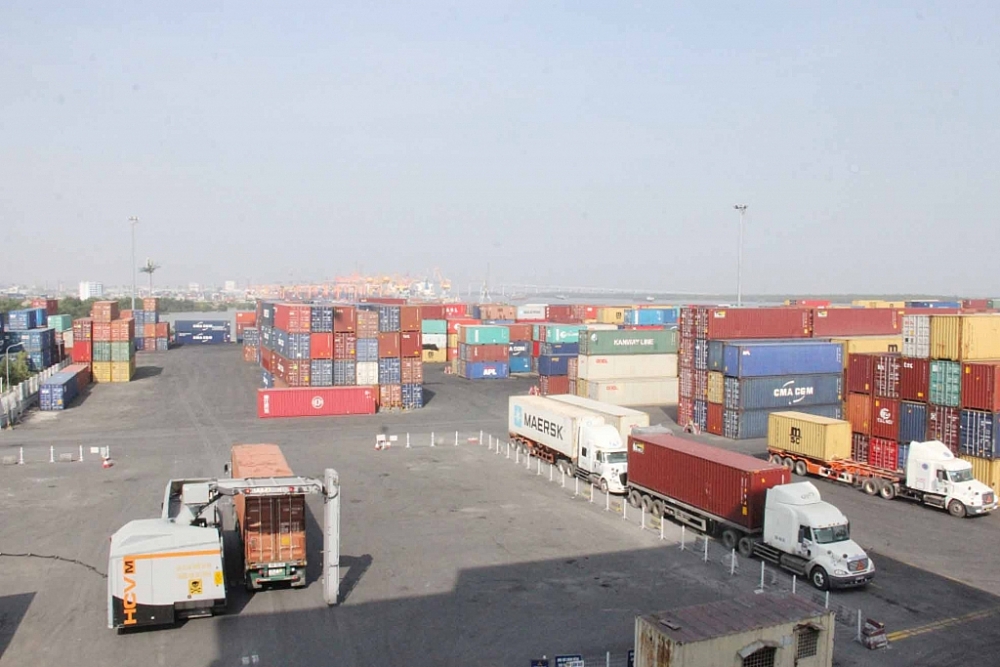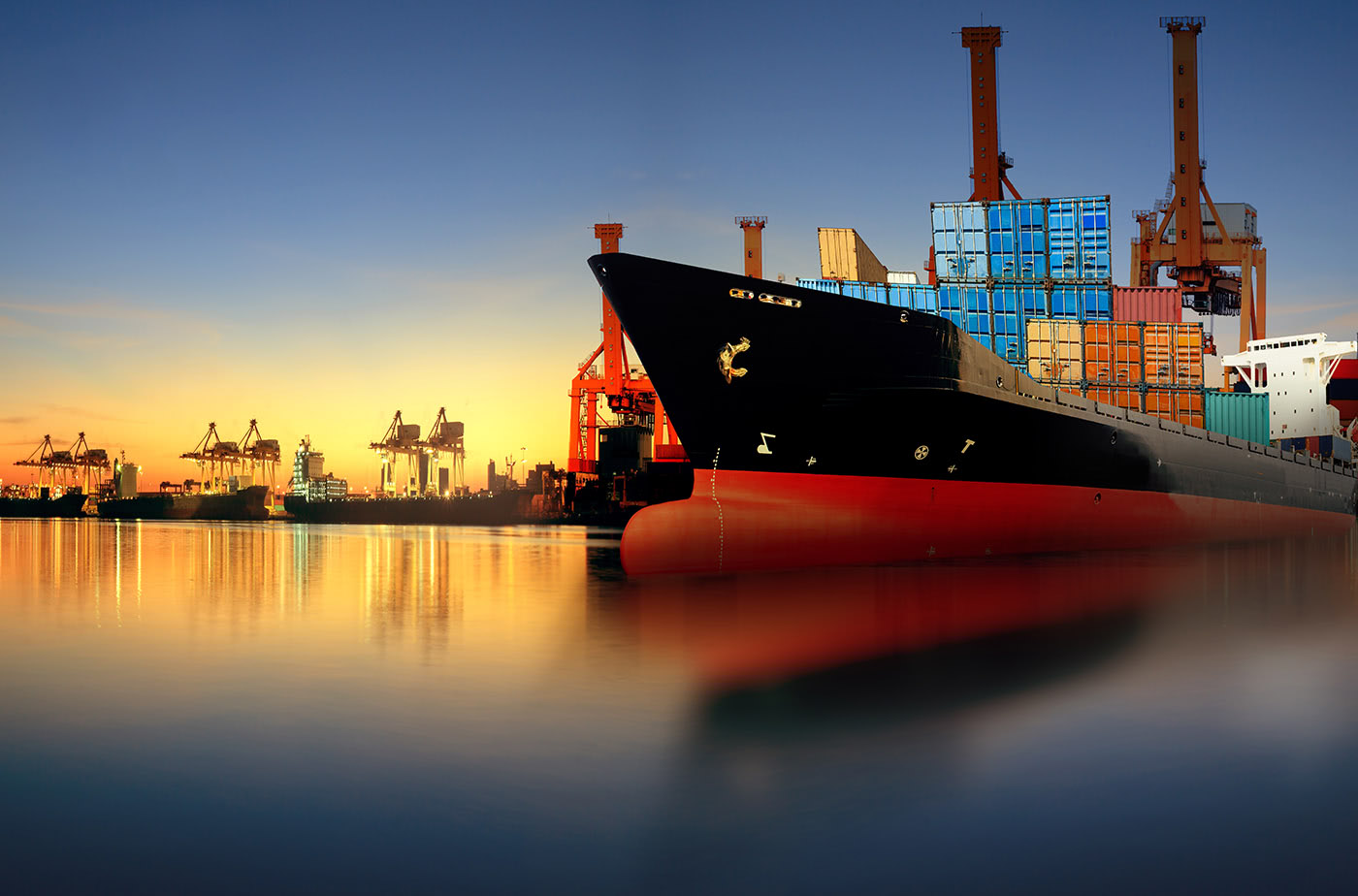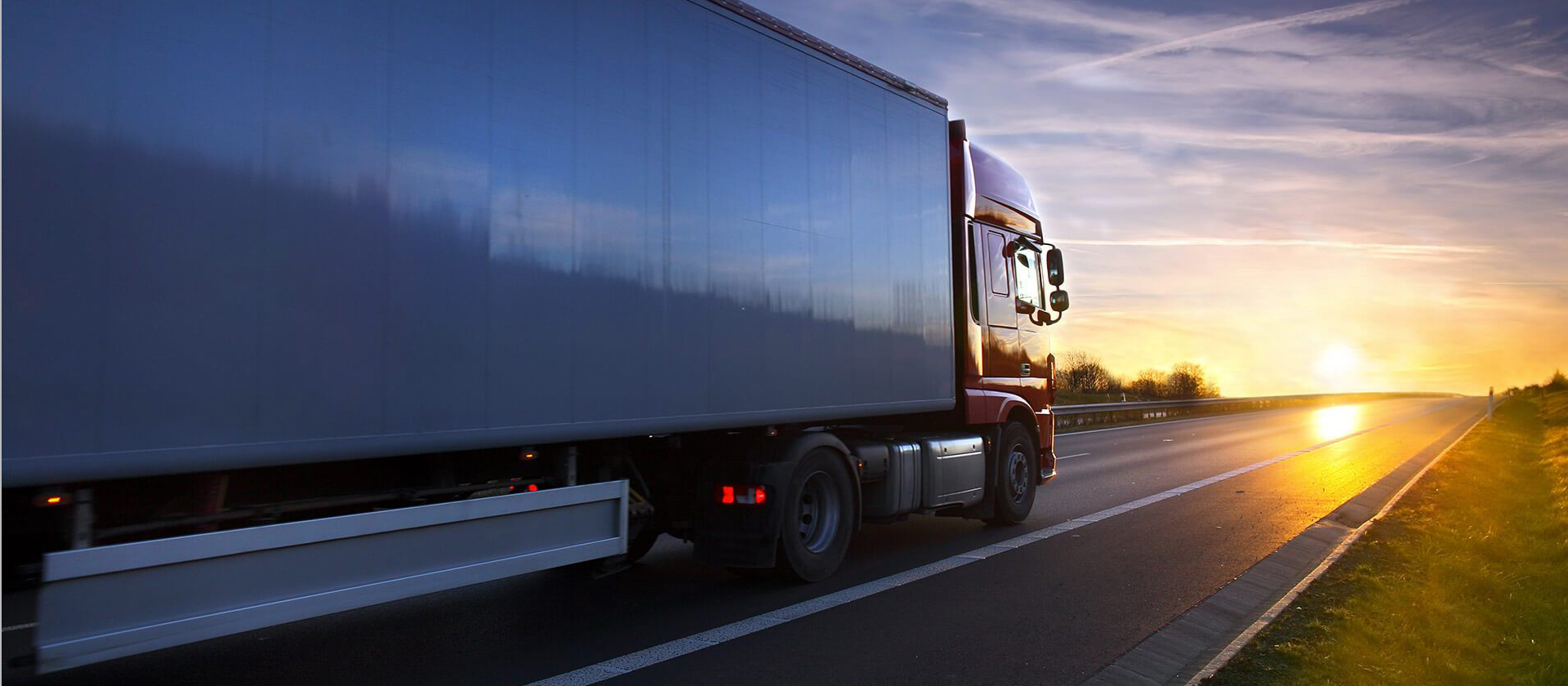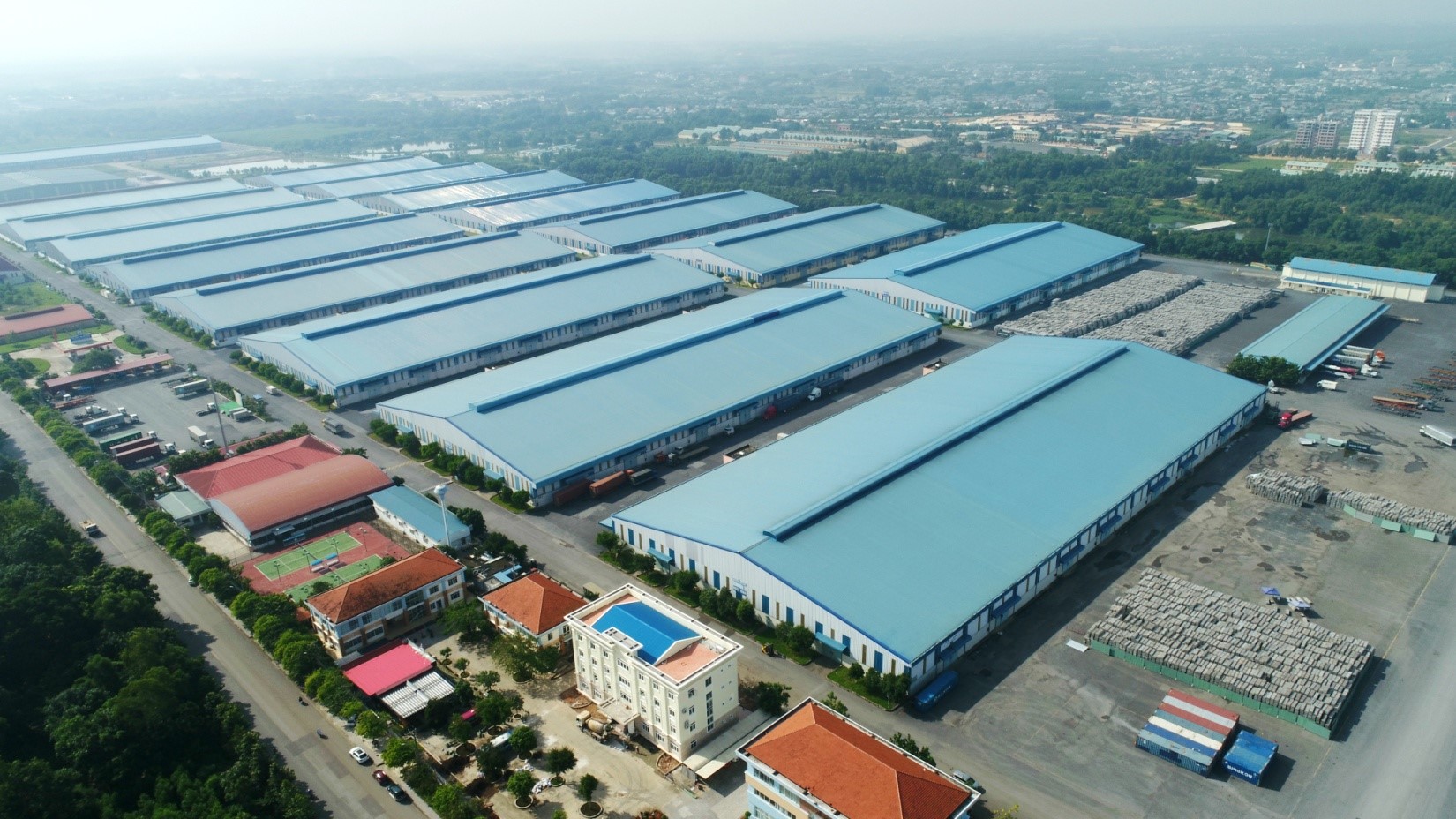According to the General Department of Customs, successful implementation of the Digital Customs System and smart Customs model will bring enormous benefits to the state management of customs and customs. The whole smart business community will continue to reduce clearance time.

Fast customs clearance, reducing congestion
For the Customs, customs control is more effective thanks to the automated goods control and/or inspection functions, as well as the declaration of entry and exit guests. the selection process can be conducted on a more thorough and informed basis.
Intelligence collected by Customs may be fed into information technology (IT) systems and taken into consideration when conducting the selection process. The ability to detect fraudulent activities is therefore enhanced in an environment using automated systems, the selection can be processed in a more systematic, accurate and timely manner.
The new IT system will assist in the identification of imported goods when the declared value of the goods is outside the predefined parameters.
Notably, the customs clearance of goods will be faster and more efficient. According to the General Department of Customs, the efficient process of customs clearance of goods and passengers is one of the main benefits that automation brings by creating: higher productivity for both Customs authorities and customs authorities. Business Partners; use resources more efficiently; reduce costs for both Customs and trading partners; more timely and accurate information; better controllability; reduce congestion at ports and airports.
On the other hand, automation of customs procedures is associated with the electronic exchange of information such as cargo data and declaration of goods, allowing information to be processed before the arrival and/or departure of the goods. Therefore, regular information processing before the goods actually enter the customs territory or are about to leave the customs territory allows the Customs to check the information and conduct a risk assessment of the goods. With the information already in place, the decision to release the goods can be made as soon as the goods arrive using electronic means.
Along with that, when the IT system is effectively used by both Customs, legal authorities and businesses, all parties involved in an import-export transaction can transfer data to a single system. centralized processing system. Customs authorities will be able to send data at the request of customs clearance units at border gates, thus creating a fast “one-stop” customs clearance mechanism for the Customs sector.
Uniform application of the Customs Law
In addition, the successful implementation of the Digital Customs System and the Smart Customs model brings many other benefits such as: uniform application of the Customs Law, more efficient tax collection, more accurate data analysis, Accurate and timely customs statistics, improve data quality.
Specifically, regarding the uniform application of the Customs Law, all transactions are handled in a uniform manner, ensuring consistent application of domestic laws and equal treatment to all trading partners. commercial. The use of international standard data and business modeling techniques allows for more uniform application and fair treatment within trade rules as the laws themselves change. The rule also changes.
For revenue collection, automating the tax collection process helps to ensure that taxes are collected and calculated in a timely manner. Past due or bad debts can be identified and dealt with quickly.
In fact, in a manual work environment, the reconciliation of taxes received and taxes owed is often slow and error-prone.
As far as data analysis is concerned, the automation of customs systems allows the Customs to immediately access up-to-date information and, with the application of the management information system, can use this information in a useful way. Customs automation also enables more effective post-inspection control at both the local and national levels.
IT enables customs declarants to submit to Customs with error-free data in a timely manner. Data sent and received electronically can be more accurate because the automatic information receiving system has functions to check the validity and reliability of the data. This helps to ensure that any data analysis performed will be more accurate.
In terms of customs statistics, the automatic declaration process makes it possible for the trade statistics to be included in the statistics received at the time of export and import in a structured manner. This is very cost effective and the statistics obtained this way will be more accurate and up to date. As a result, other agencies of the Government can very quickly take measures when necessary.
An even greater benefit of the IT system is higher data accuracy thanks to the validity and reliability checking functions during data acquisition. Since this is done while the goods are still under Customs control, deviations can be handled more easily. These checks ensure the reliability of the raw basic data, which will be saved in the computer system of the Customs authority…







